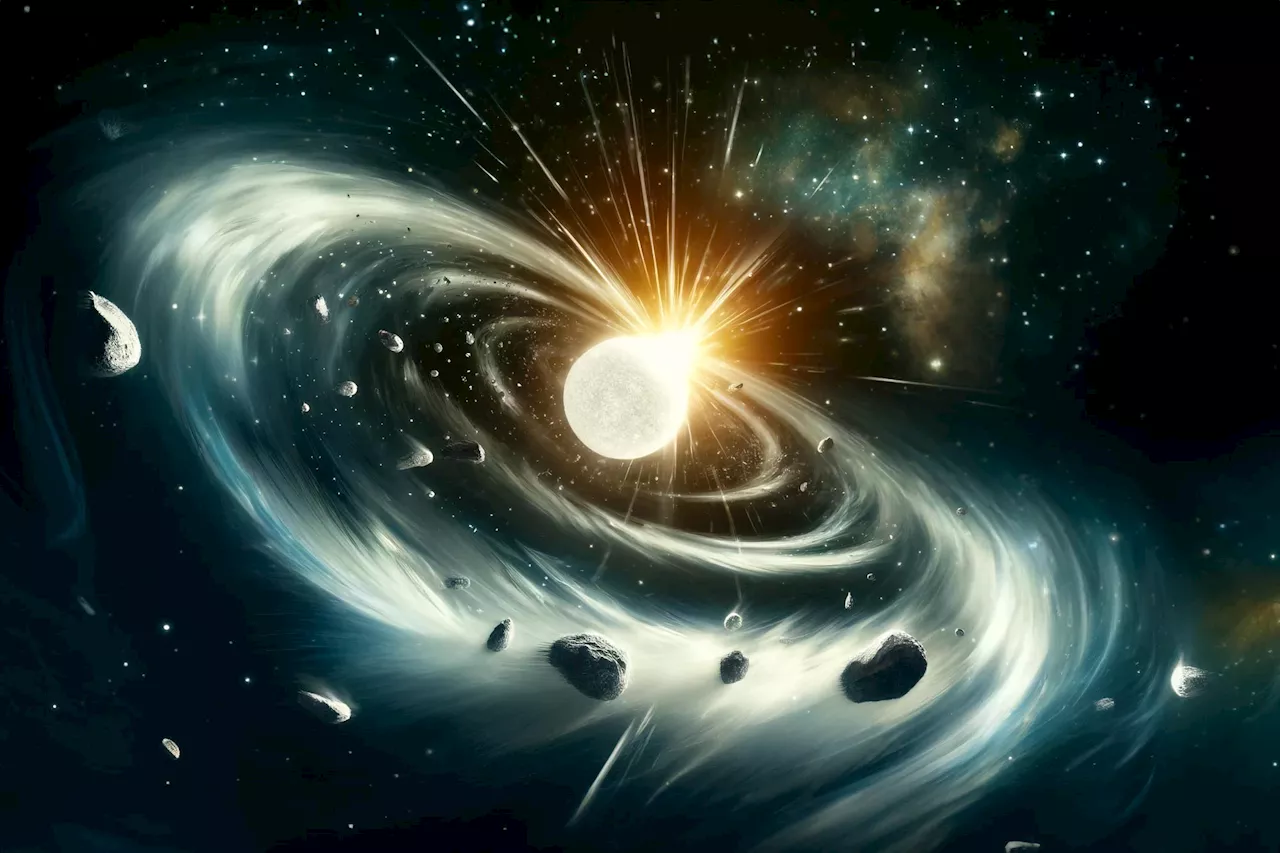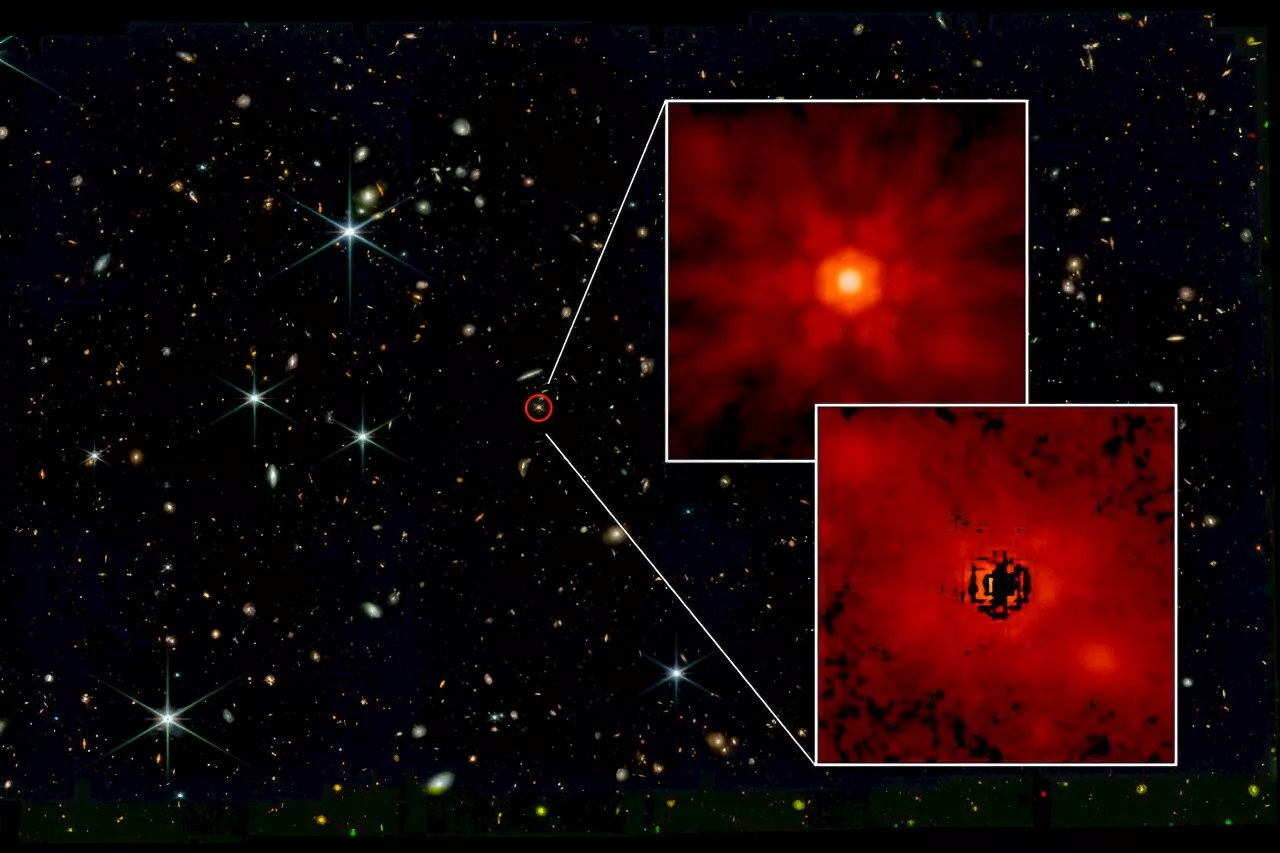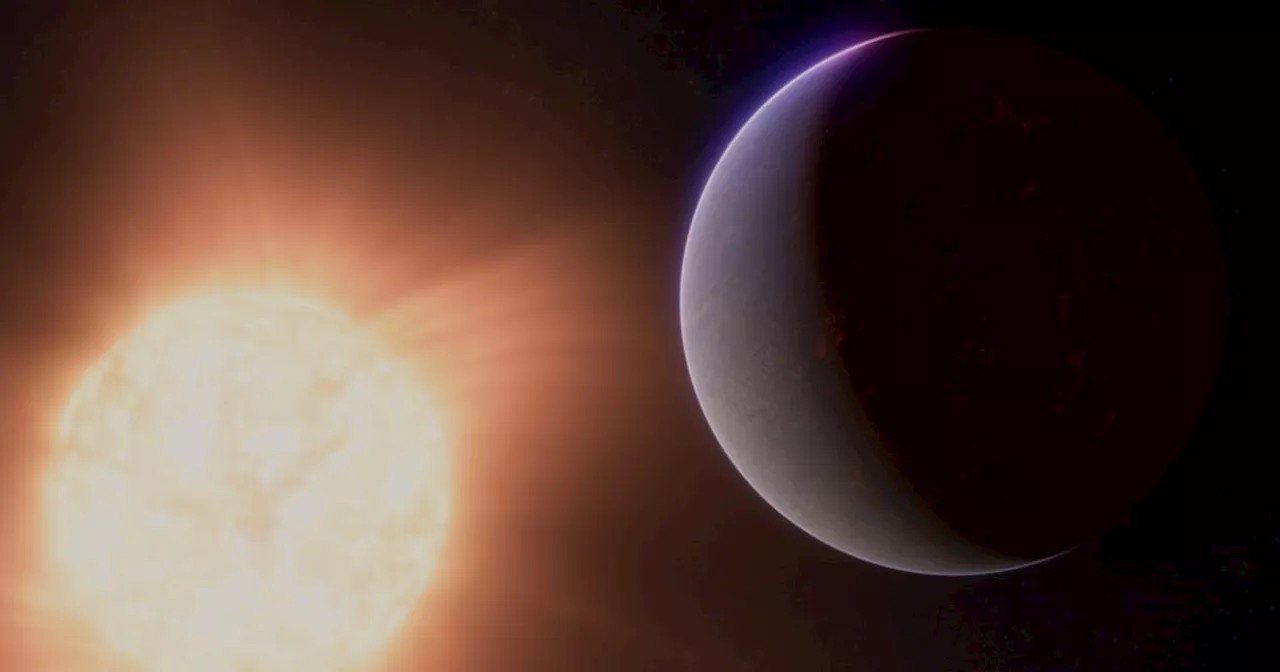Astronomers have long searched for rocky planets beyond our solar system with an atmosphere — a trait considered essential for any possibility of harboring life.
Astronomers have searched for years for rocky planets beyond our solar system with an atmosphere — a trait considered essential for any possibility of harboring life. Well, they finally seem to have located one. But this hellish planet — apparently with a surface of molten rock — offers no hope for habitability.
“There are likely better places for a vacation spot in our galaxy.” The planet is probably tidally locked, meaning it perpetually has the same side facing its star, much like the moon does toward Earth. It is located in our Milky Way galaxy about 41 light-years from Earth, in the constellation Cancer. A light year is the distance light travels in a year, 5.9 trillion miles . Four other planets, all gas giants, are known to orbit its host star.
United States Latest News, United States Headlines
Similar News:You can also read news stories similar to this one that we have collected from other news sources.
 Astronomers explore globular cluster NGC 2419Using the Indian Astronomical Observatory (IAO) and ESA's Gaia satellite, astronomers have explored a galactic globular cluster known as NGC 2419. Results of the study, published April 29 on the preprint server arXiv, shed more light on the properties of this cluster and its stellar content.
Astronomers explore globular cluster NGC 2419Using the Indian Astronomical Observatory (IAO) and ESA's Gaia satellite, astronomers have explored a galactic globular cluster known as NGC 2419. Results of the study, published April 29 on the preprint server arXiv, shed more light on the properties of this cluster and its stellar content.
Read more »
 Astronomers Spot Ghostly Hand Reaching for the StarsThe strange object, named CG 4, is a cometary globule about 1,300 light-years away from Earth in the Gum Nebula.
Astronomers Spot Ghostly Hand Reaching for the StarsThe strange object, named CG 4, is a cometary globule about 1,300 light-years away from Earth in the Gum Nebula.
Read more »
 Black hole collision 'alerts' could notify astronomers within 30 seconds of detectionRobert Lea is a science journalist in the U.K. whose articles have been published in Physics World, New Scientist, Astronomy Magazine, All About Space, Newsweek and ZME Science. He also writes about science communication for Elsevier and the European Journal of Physics. Rob holds a bachelor of science degree in physics and astronomy from the U.K.
Black hole collision 'alerts' could notify astronomers within 30 seconds of detectionRobert Lea is a science journalist in the U.K. whose articles have been published in Physics World, New Scientist, Astronomy Magazine, All About Space, Newsweek and ZME Science. He also writes about science communication for Elsevier and the European Journal of Physics. Rob holds a bachelor of science degree in physics and astronomy from the U.K.
Read more »
 Astronomers observe elusive stellar light surrounding ancient quasarsAstronomers observed the elusive starlight surrounding some of the earliest quasars in the universe. The findings may shed light on how the earliest supermassive black holes became so massive despite having a relatively short amount of cosmic time in which to grow.
Astronomers observe elusive stellar light surrounding ancient quasarsAstronomers observed the elusive starlight surrounding some of the earliest quasars in the universe. The findings may shed light on how the earliest supermassive black holes became so massive despite having a relatively short amount of cosmic time in which to grow.
Read more »
 Stellar Graveyard Secrets: Astronomers Solve White Dwarf Heavy Metal MysteryScience, Space and Technology News 2024
Stellar Graveyard Secrets: Astronomers Solve White Dwarf Heavy Metal MysteryScience, Space and Technology News 2024
Read more »
 Astronomers observe elusive stellar light surrounding ancient quasarsMIT astronomers have observed the elusive starlight surrounding some of the earliest quasars in the universe. The distant signals, which trace back more than 13 billion years to the universe's infancy, are revealing clues to how the very first black holes and galaxies evolved.
Astronomers observe elusive stellar light surrounding ancient quasarsMIT astronomers have observed the elusive starlight surrounding some of the earliest quasars in the universe. The distant signals, which trace back more than 13 billion years to the universe's infancy, are revealing clues to how the very first black holes and galaxies evolved.
Read more »
